Avoid crowds and still get great weather


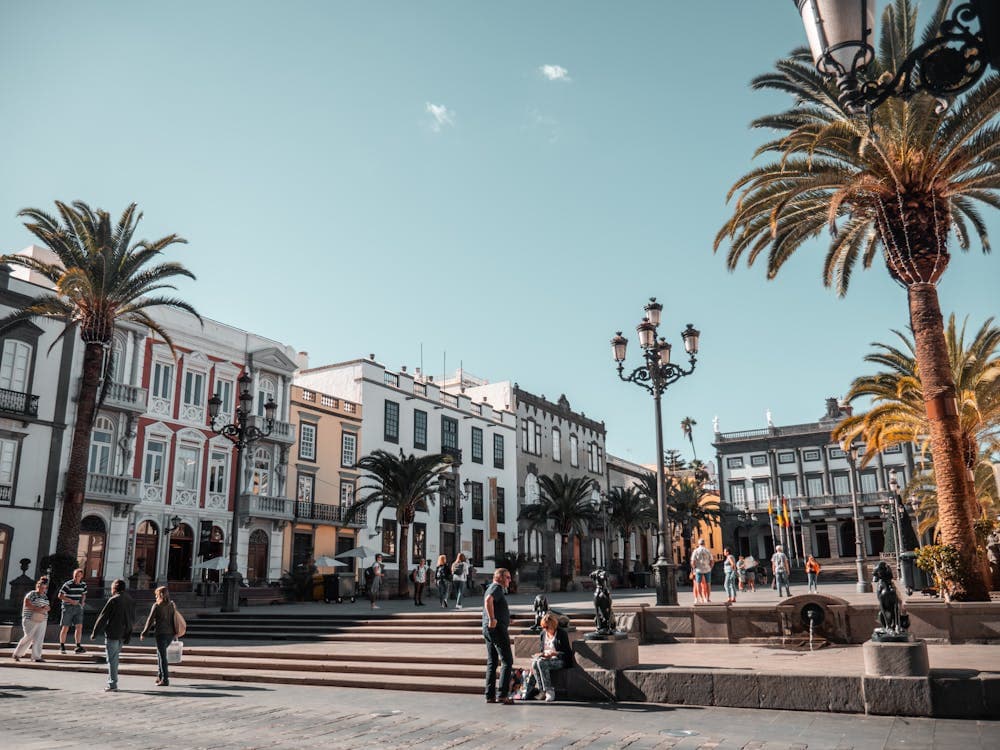
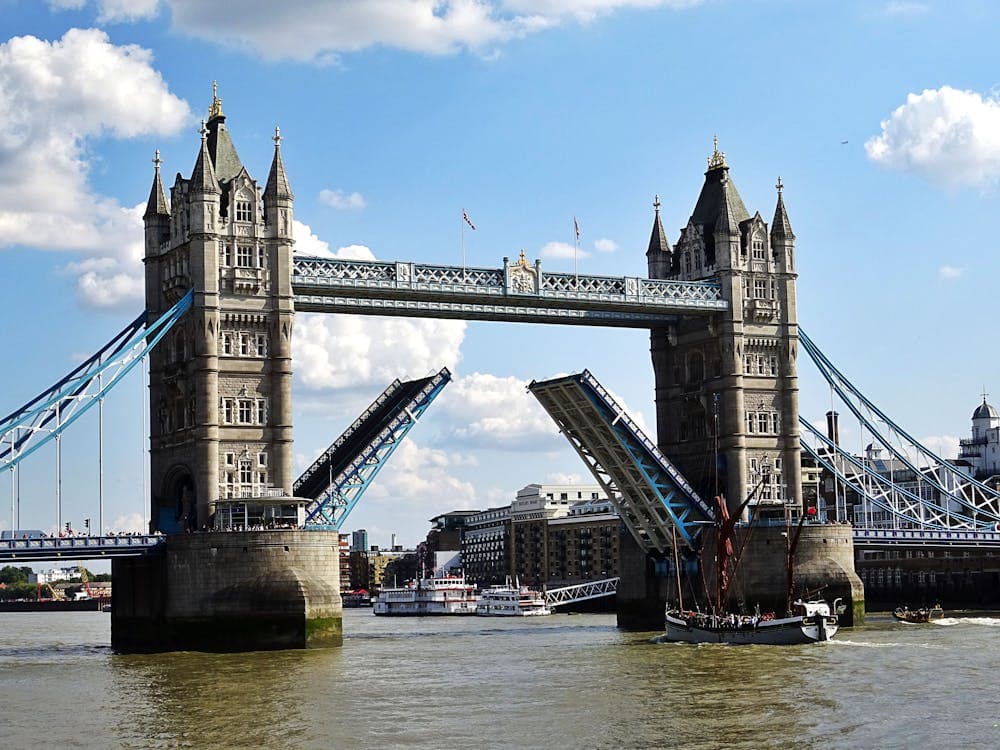




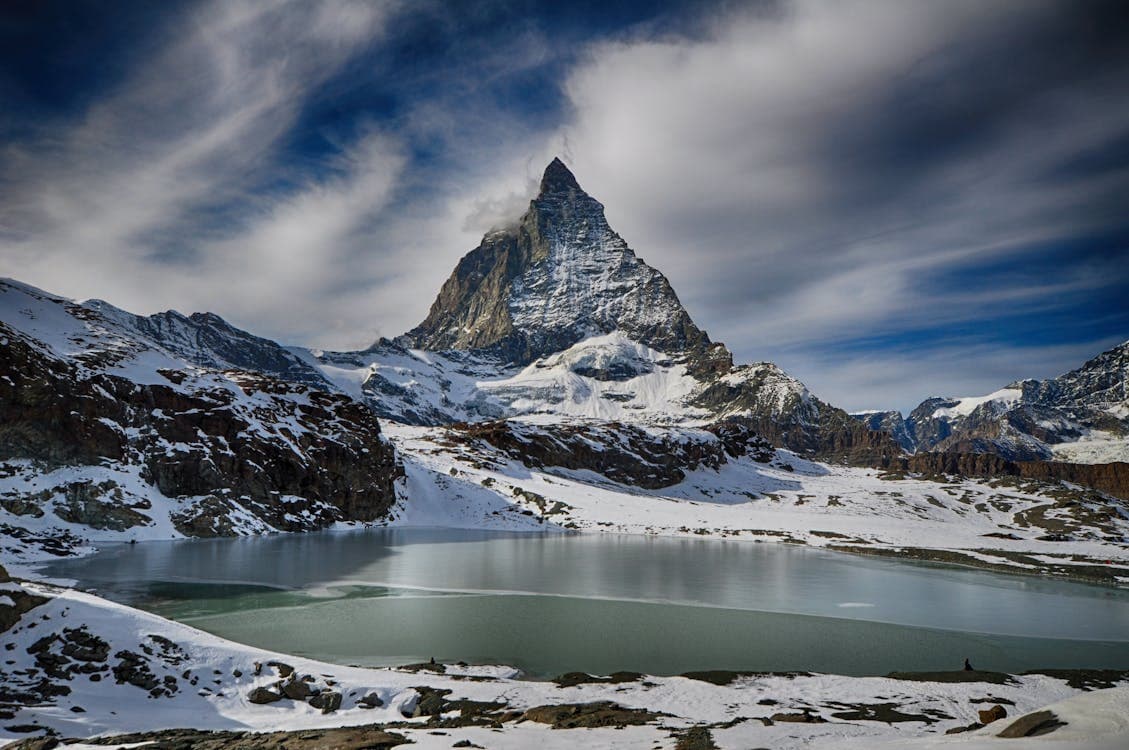





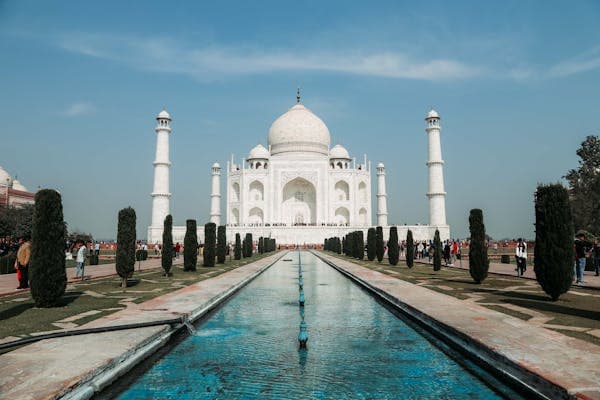

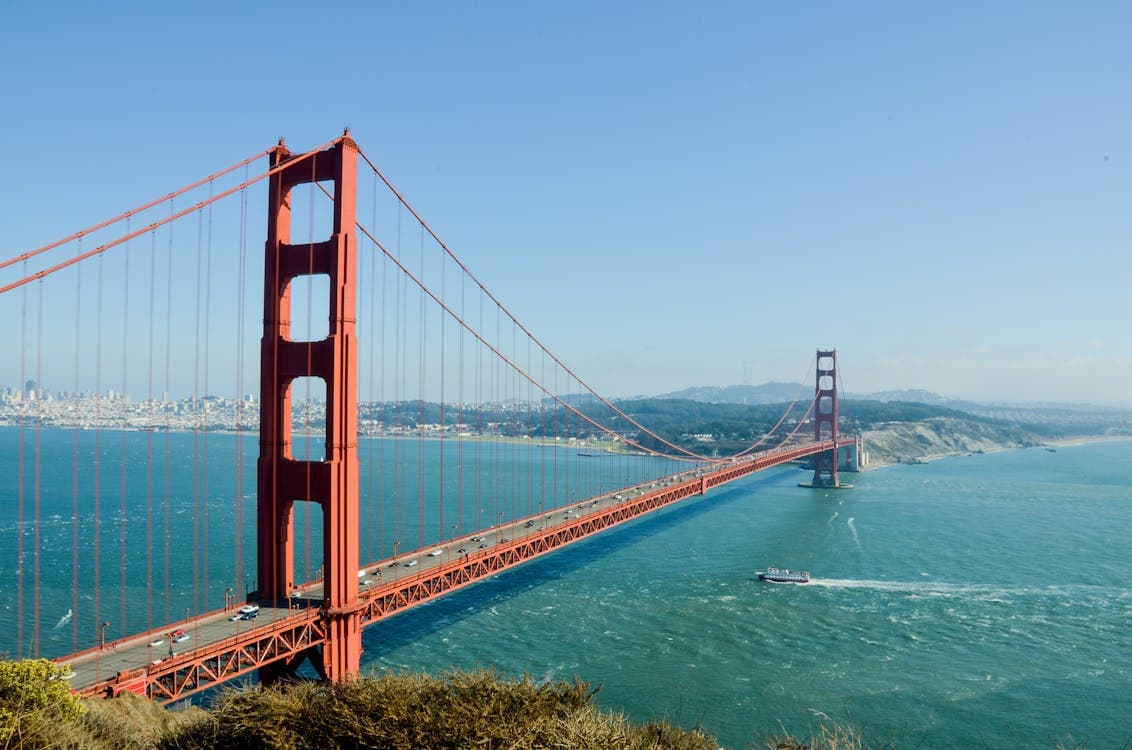
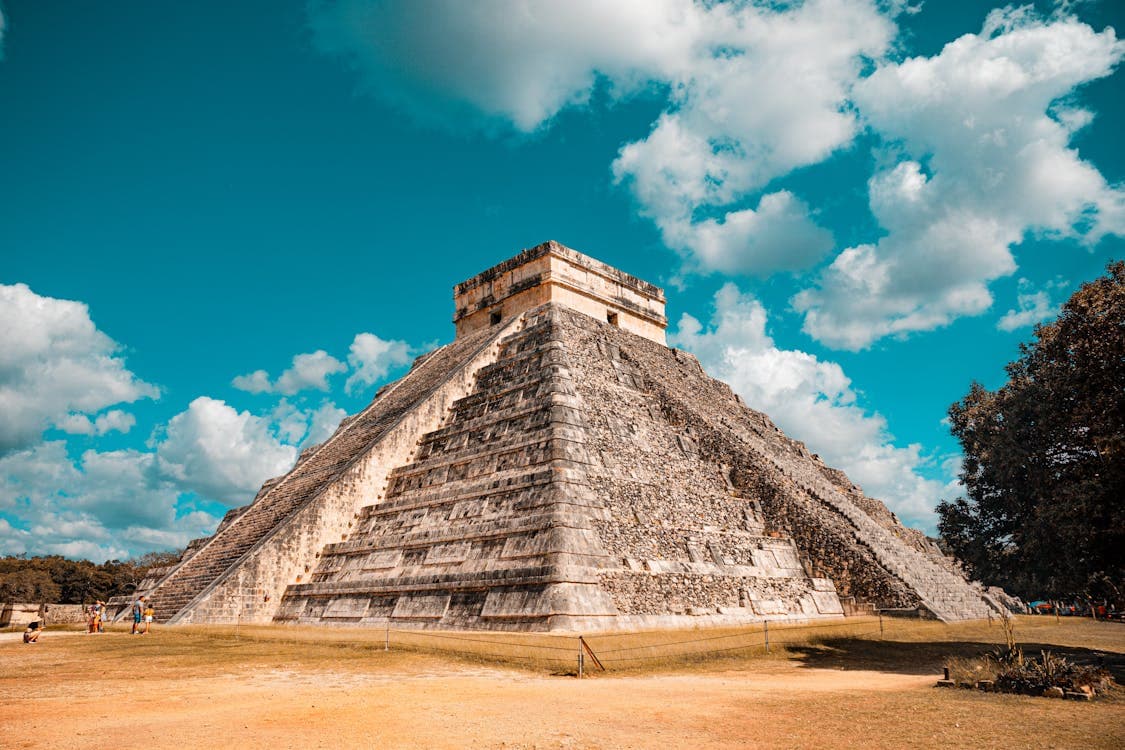
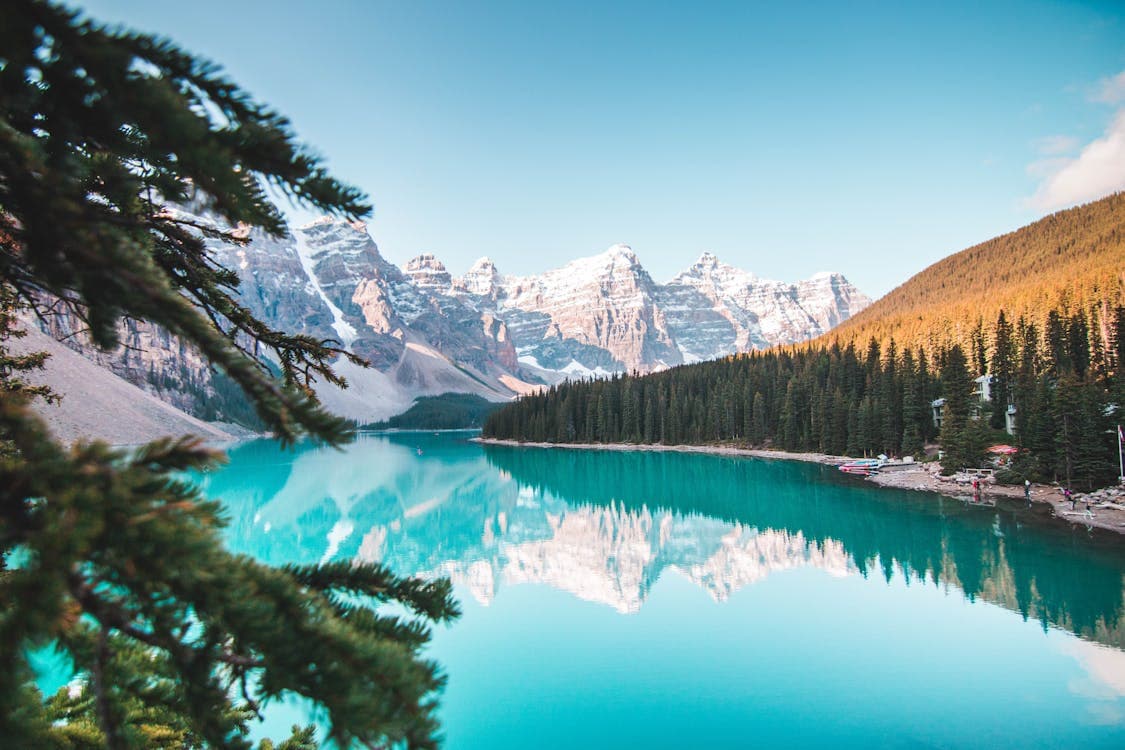
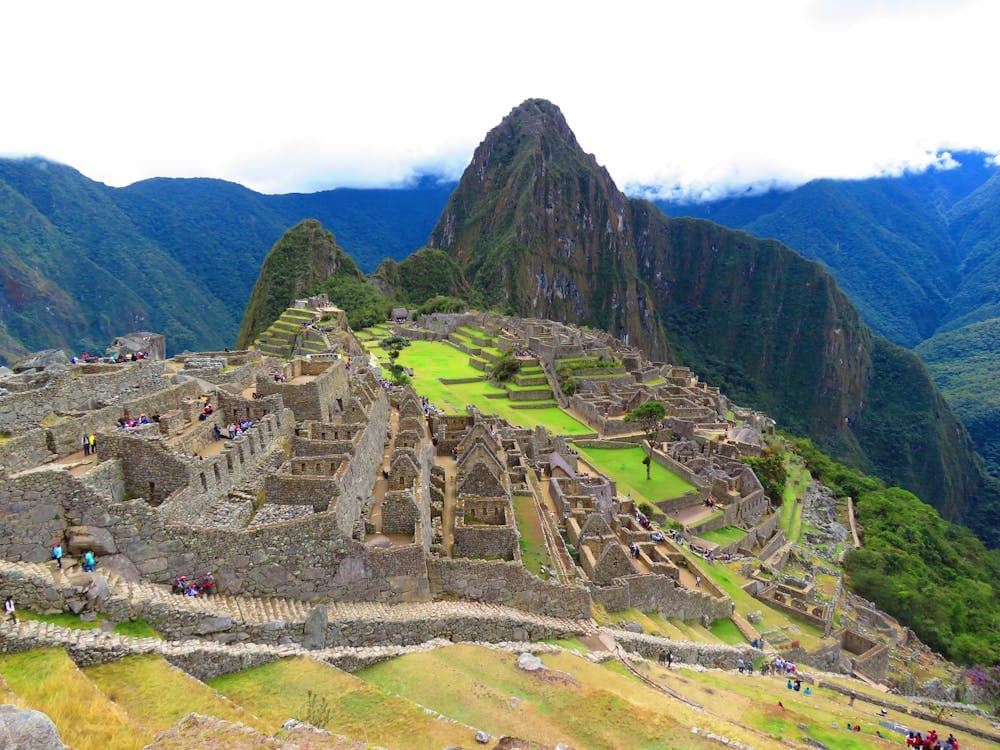
Forget packed summer holidays and overpriced hotel rooms. If you’ve ever found yourself wondering when to travel for fewer tourists, better weather, and lower prices, you’re in the right place to discover the best times to travel.
This site is all about shoulder season travel—those sweet off-peak months that sit just before or after the high season. It’s the best season to see the world: fewer crowds, pleasant temperatures, and a better chance to experience everyday life in the places you visit. Our comprehensive travel information covers destinations around the world, ensuring you have the insights you need for a perfect trip.
Travel planning is an essential part of any trip, whether you’re a seasoned traveler or embarking on your first adventure. Understanding the different seasons and their characteristics can help you make informed decisions about your travel plans. Peak season, shoulder season, and off-peak season each offer unique advantages and disadvantages.
Travel planning involves researching and selecting a destination, booking flights and accommodations, and planning activities and itineraries. A well-planned trip can help you make the most of your time and budget, ensuring a memorable and enjoyable experience.
Shoulder season is that in-between window when tourist hotspots calm down, flights and hotels drop in price, and the weather is still good enough to explore comfortably.
Peak season, also known as high season, is the busiest and most popular time to visit a destination. It’s characterized by large crowds, higher prices, and a wider range of activities and events.
While peak season offers a vibrant atmosphere and numerous activities, it can also be overwhelming and expensive. If you’re looking for a more relaxed and budget-friendly experience, consider visiting during the shoulder season or off-peak season.
Whether you’re planning a spring trip through Europe, a late autumn escape to the Middle East, or a scenic road trip through North America, shoulder season offers better value and more room to breathe.
While spring and autumn are common shoulder seasons, different regions work differently. Ski resorts, for example, often quiet down in April, while major cities like Paris or Tokyo can be great in November.
Mild weather is a significant factor in determining the best time to visit a destination. Temperate weather, characterized by mild temperatures and sunny days, is ideal for outdoor activities and sightseeing.
The joy of off-peak travel isn’t just in ticking off must-visit spots — it’s also in the freedom to explore other places without the stress of tour buses and queues.
Local events and festivals are an excellent way to experience the culture and everyday life of a destination. Many destinations host unique events and festivals during the shoulder season, which can be a great time to visit.
Wherever you’re headed, travelling off-peak can stretch your travel budget further and turn a good trip into a great one.
Cost savings and budgeting are essential considerations when planning a trip. By choosing to travel during the shoulder season or off-peak season, you can save money on flights, accommodations, and activities.
Use our destination finder to filter by month, temperature, and price—and find places that feel just right.
Because the best time to travel isn’t always when everyone else goes. It’s when you can see more, spend less, and feel like the place is yours.